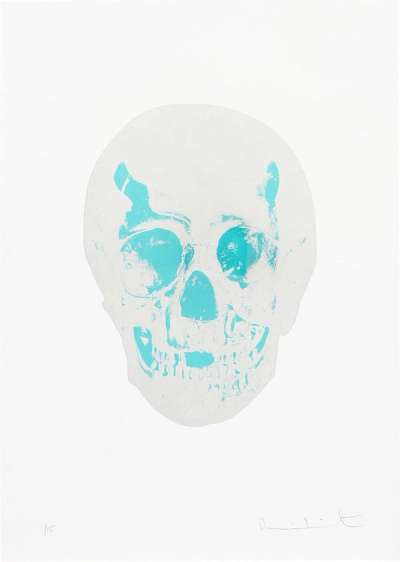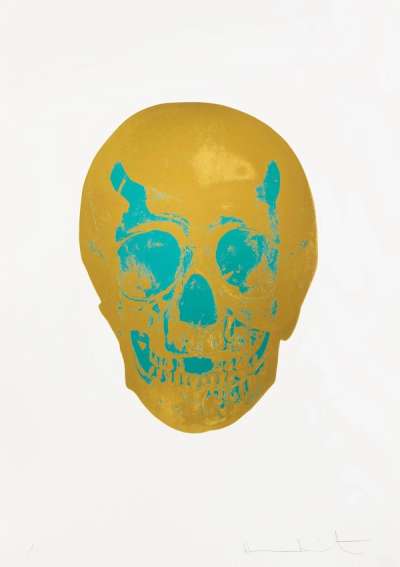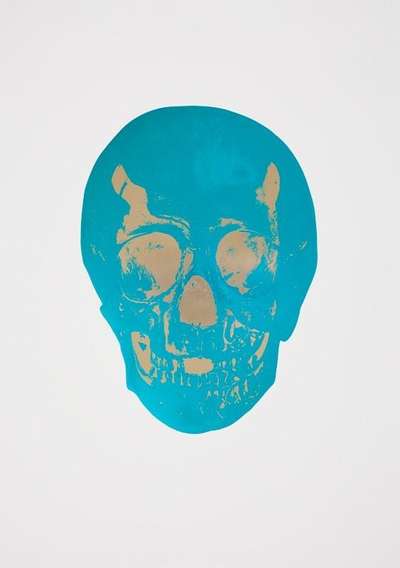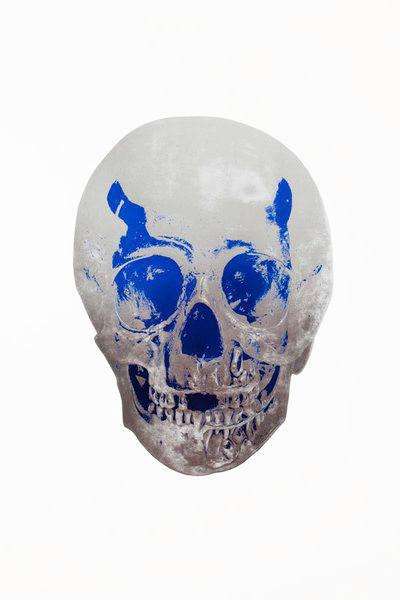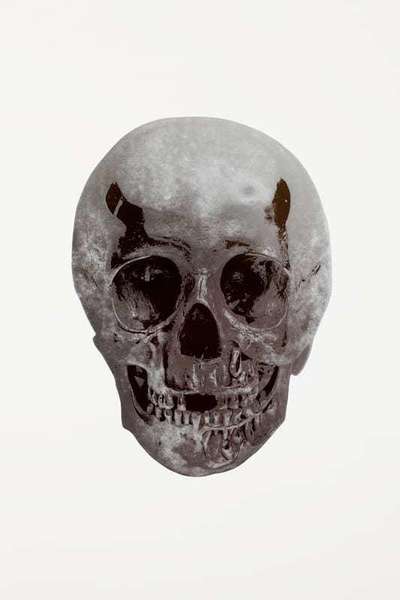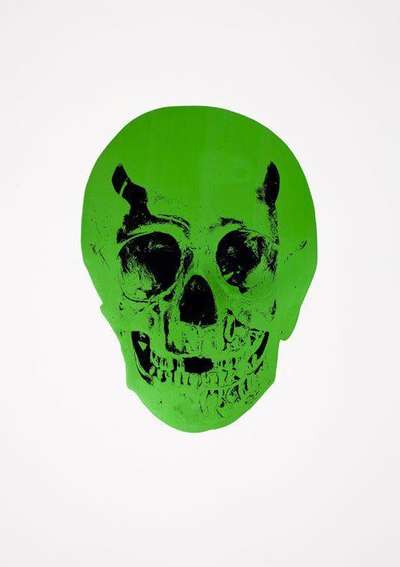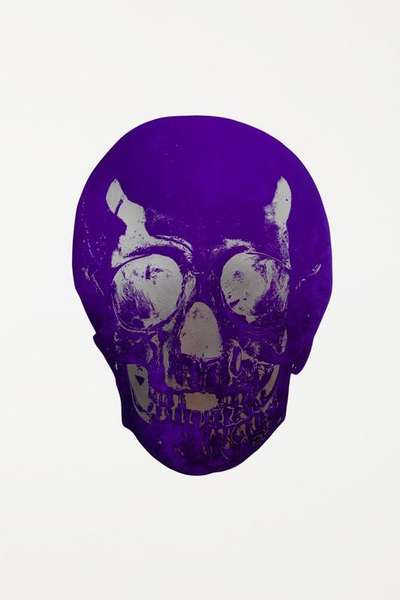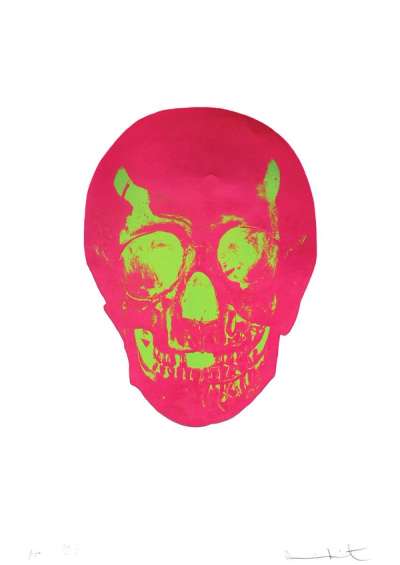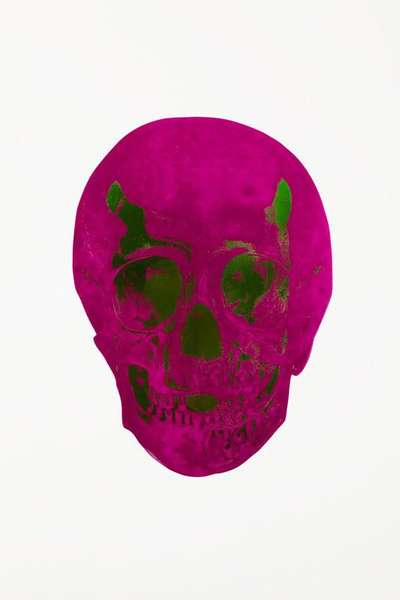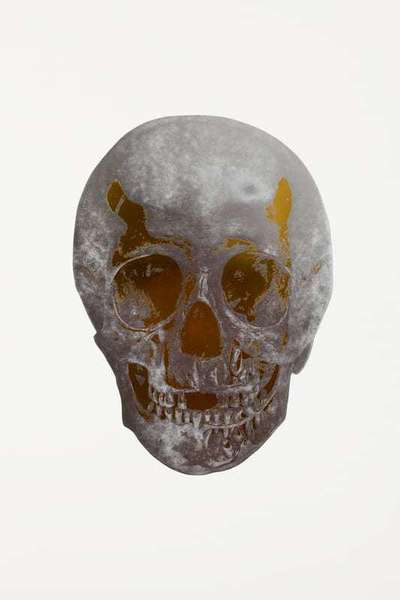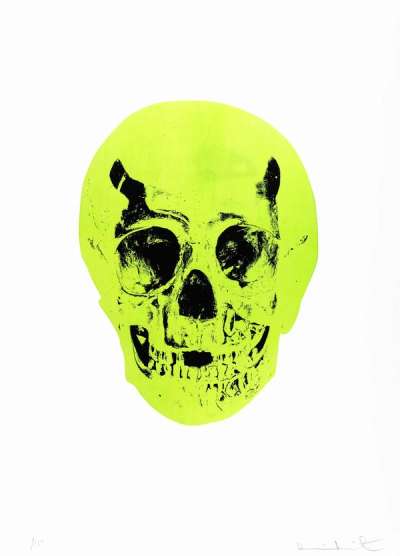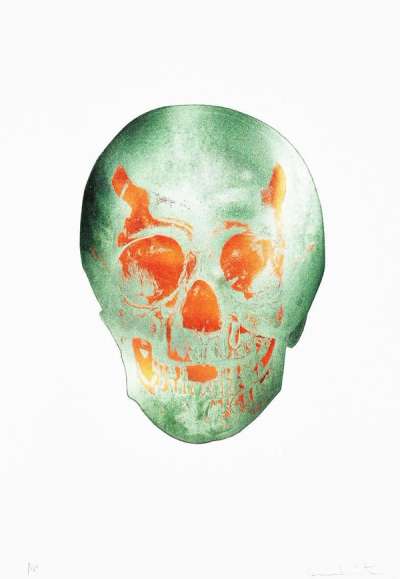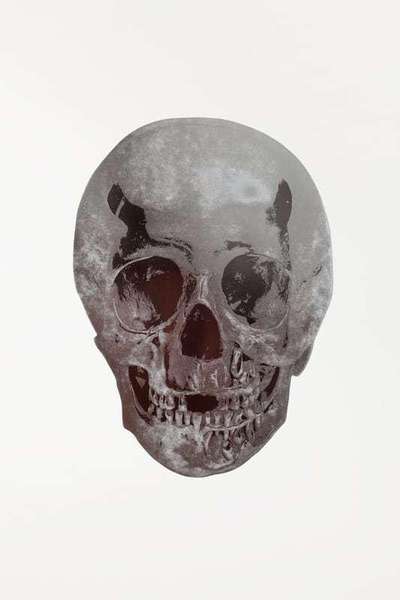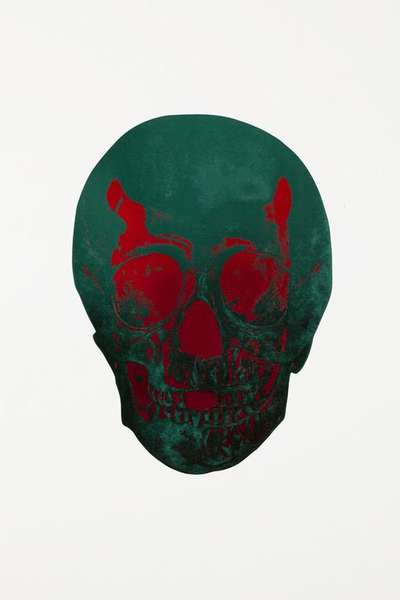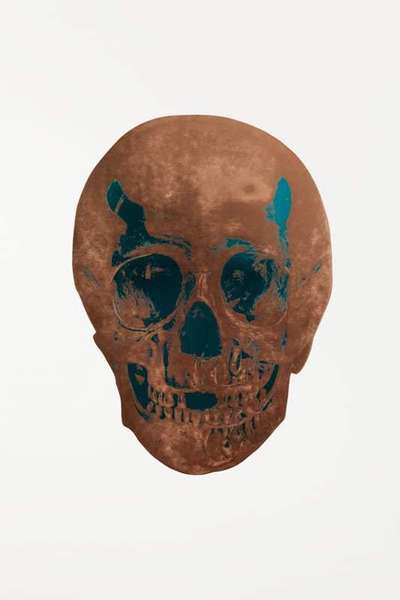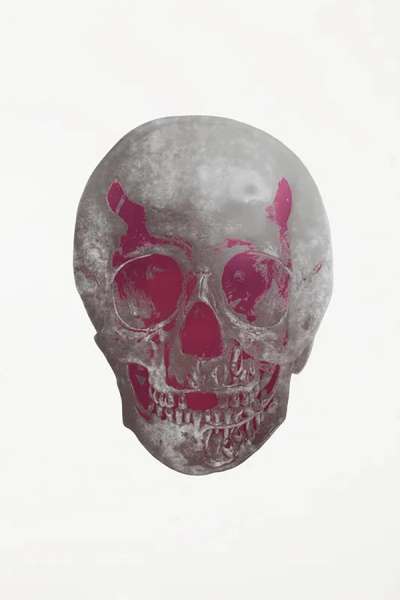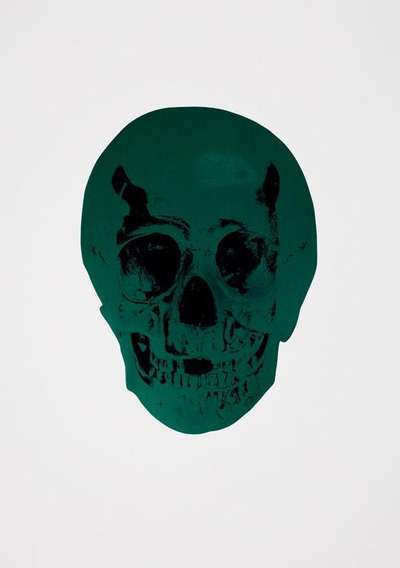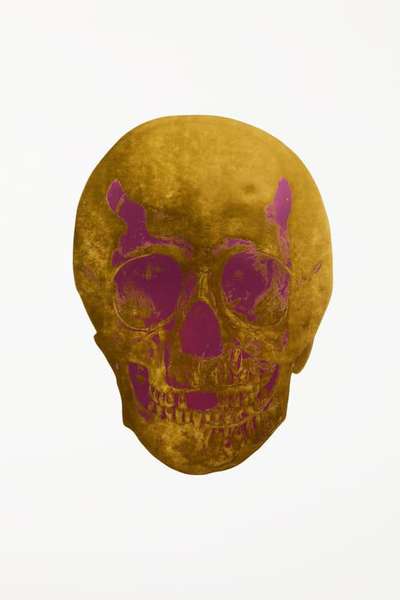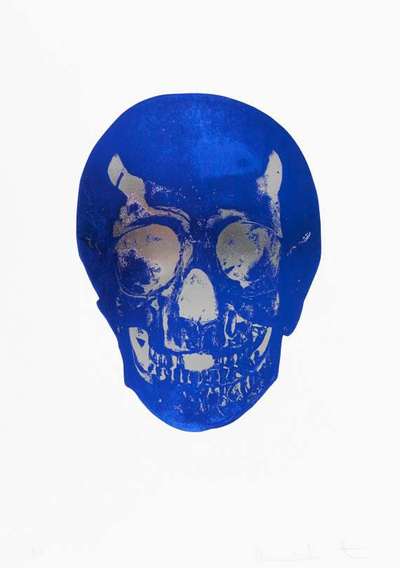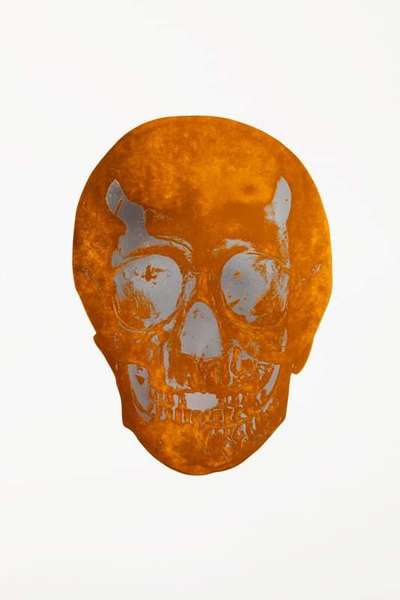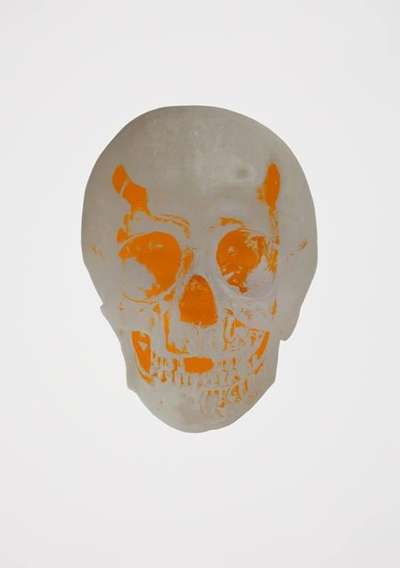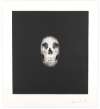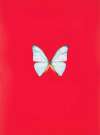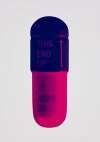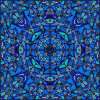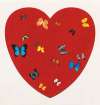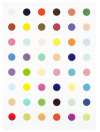The
Dead
Damien Hirst's print series The Dead (2009) captures his deep artistic investment in the theme of mortality. Brimming with the influence of Pop-Art, Hirst produced thirty-one silkscreen prints that show a large skull, each in two bright hues, set two-dimensionally against an equally bold backdrop.
Damien Hirst The Dead For sale
The Dead Value (5 Years)
Works from the The Dead series by Damien Hirst have a strong market value presence, with 97 auction appearances. Top performing works have achieved standout auction results, with peak hammer prices of £108000. Over the past 12 months, average values across the series have ranged from £4000 to £6000. The series shows an average annual growth rate of 2.6%.
The Dead Market value
Auction Results
| Artwork | Auction Date | Auction House | Return to Seller | Hammer Price | Buyer Paid |
|---|---|---|---|---|---|
 The Dead (oriental gold, loganberry pink) Damien Hirst Signed Print | 29 Oct 2025 | Forum Auctions London | £5,100 | £6,000 | £7,500 |
 The Dead (turquoise, cool gold) Damien Hirst Signed Print | 9 Jul 2025 | Forum Auctions London | £3,400 | £4,000 | £5,000 |
 The Dead (oriental gold, turquoise) Damien Hirst Signed Print | 5 Jun 2025 | Rago | £4,080 | £4,800 | £6,500 |
 The Dead (racing green, raven black) Damien Hirst Signed Print | 19 Mar 2025 | Forum Auctions London | £3,825 | £4,500 | £5,500 |
 The Dead (silver gloss, oriental gold) Damien Hirst Signed Print | 19 Mar 2025 | Forum Auctions London | £4,675 | £5,500 | £7,000 |
 The Dead (silver gloss, Westminster blue) Damien Hirst Signed Print | 6 Jun 2024 | Phillips London | £3,315 | £3,900 | £5,500 |
 The Dead (silver gloss, topaz) Damien Hirst Signed Print | 6 Jun 2024 | Phillips London | £2,380 | £2,800 | £3,800 |
 The Dead (silver gloss, loganberry pink) Damien Hirst Signed Print | 24 Feb 2023 | Forum Auctions London | £3,400 | £4,000 | £5,000 |
Sell Your Art
with Us
with Us
Join Our Network of Collectors. Buy, Sell and Track Demand
Meaning & Analysis
Hirst’s 2009 series, The Dead, captures his continued fascination with ideas of mortality as well as the influence of Pop Art on his work. In The Dead series, Hirst produced thirty-one prints, all of which depict a large, floating skull. The skull is rendered in a unique combination of colours in each print, meaning no two prints in the series are the same.
Throughout the series, Hirst uses bold and vibrant colours which resonate with the Pop Art style popularised by Andy Warhol in the 1960s. It is clear that Hirst was influenced by Warhol, the leading figure of the Pop Art movement. Warhol was famous for blurring the boundaries between high and low culture by producing prints of everyday objects and consumer goods, such as high heel shoes or Campbell’s Soup cans. In a similar way, in The Dead series, Hirst transforms skulls, a symbol of death, into works of fine art. Warhol challenged the definition of art, demanding that the ordinary too should be considered a worthy subject of art. Hirst also does this in The Dead series.
The series is based on the skull as a symbol for death. A skull acts as a memento mori, a visual reminder of the inevitability of death. The phrase, memento mori, translates from Latin into English as “remember that you [have to] die.” While this seems sinister or sombre, Hirst’s use of bright colours in the prints is a means for the artist to encourage the viewer to embrace the inevitability of death, as opposed to fearing it. The artist explains, “you can frighten people with death or an idea of their own mortality, or it can actually give them vigour.”
Hirst has a longstanding interest in questions of life and death. When the artist was a teenager, he made regular visits to the anatomy department of Leeds Medical School in order to make life drawings of the corpses he found there. The photograph, With Dead Head, from 1991, shows the artist when he was sixteen, posing with the head of a corpse in the anatomy department, grinning with excitement. Death is a central theme in Hirst’s works. Since the start of his artistic career in the late 1980s, when the artist was studying Fine Art at Goldsmiths College in London, Hirst has used a variety of mediums from installation, sculpture, painting and drawing to explore the relationship between art, life and death. Discussing his attraction to this complex theme, Hirst elaborates: “I am absolutely not interested in tying things down” meaning he does not shy away from “big issues” such as life, death, religion, beauty and science.
For Hirst, “art’s about life and it can’t really be about anything else… there isn’t anything else.” As well as incorporating skulls into his work, other symbols and motifs used by Hirst to represent life and death are butterflies which, for the artist, embody the fragility of life due to the fact that they retain an iridescent beauty even in death. Butterflies also carry significant spiritual symbolism, being used in Christian imagery to represent the resurrection and by the Greeks to represent the Psyche and the soul. Hirst’s iconic installations, such as The Physical Impossibility of Death in the Mind of Someone Living, created in 1991, in which the artist preserved a shark in formaldehyde are also ways in which Hirst comments on death through his art.
